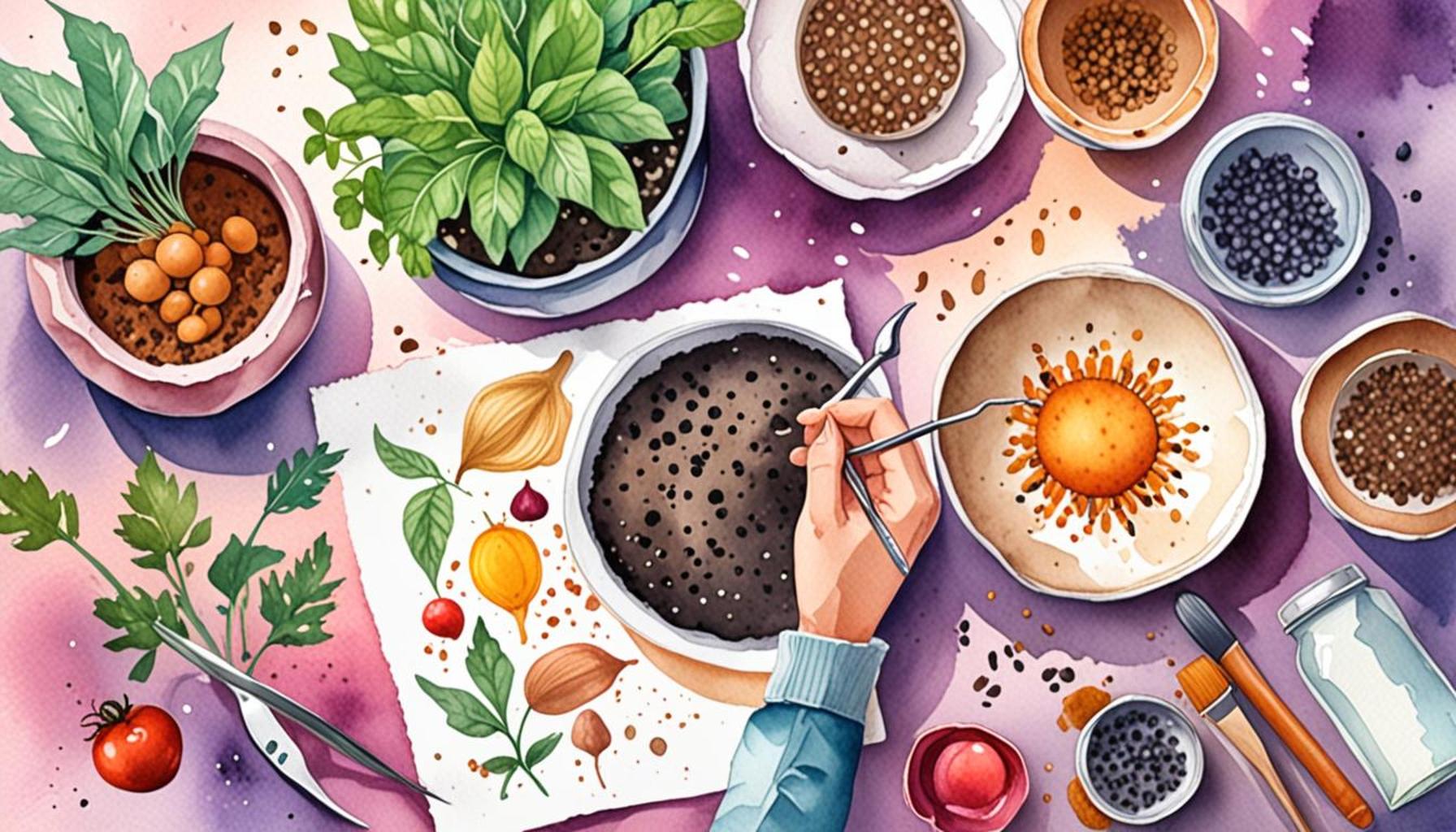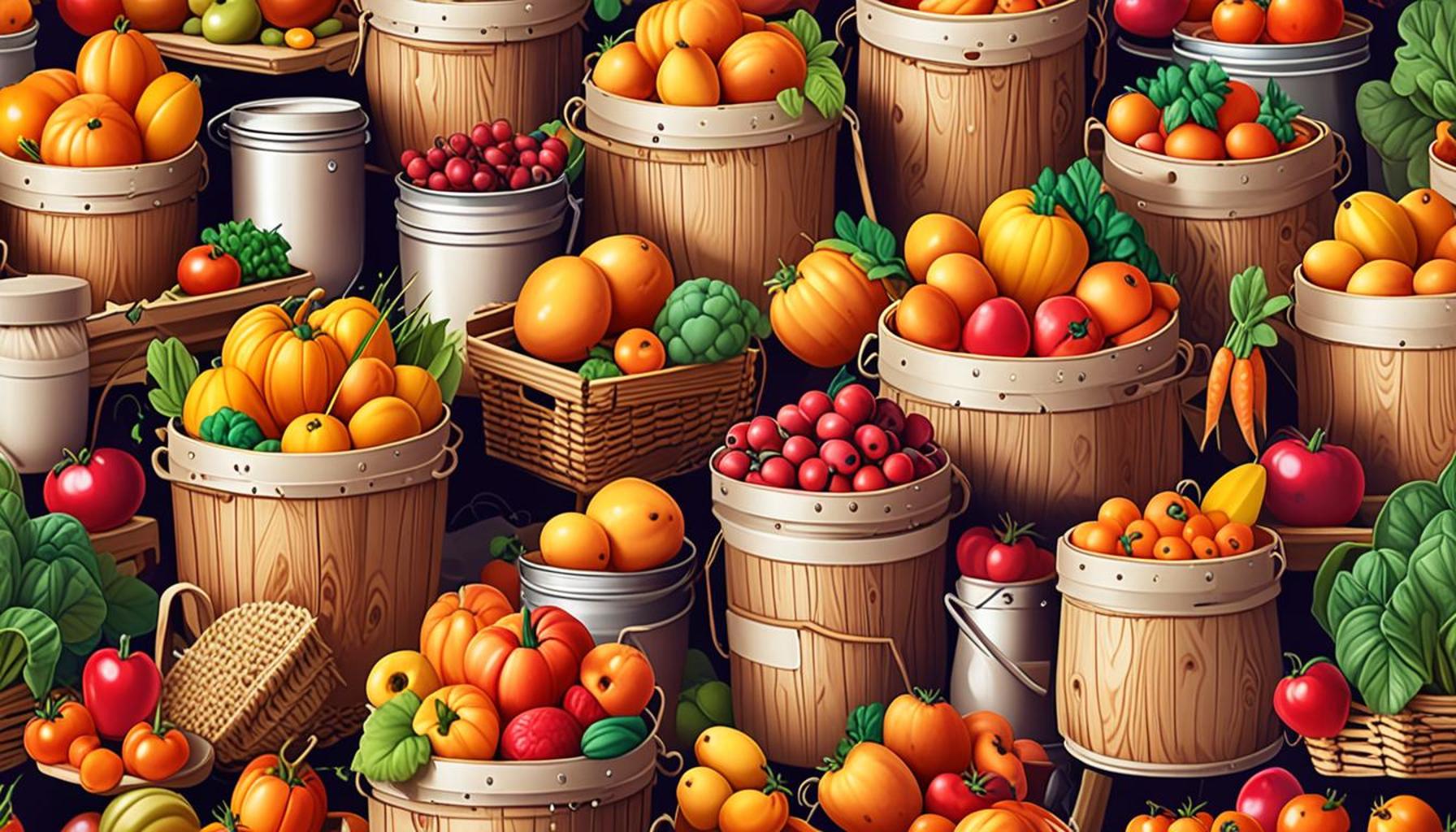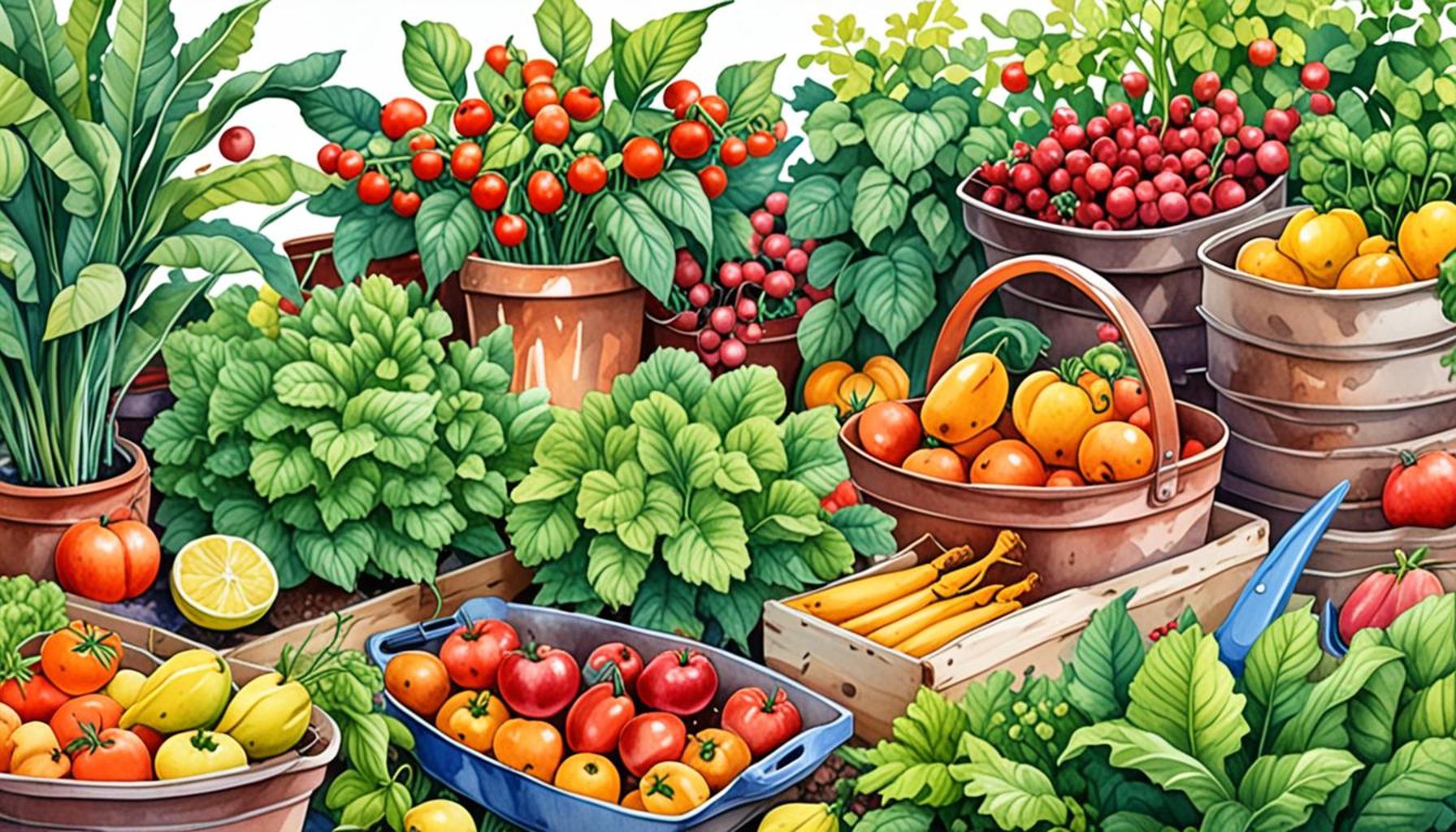How to Harvest Flowers with Care: Tips to Extend the Life of Plants and Beautify Your Home
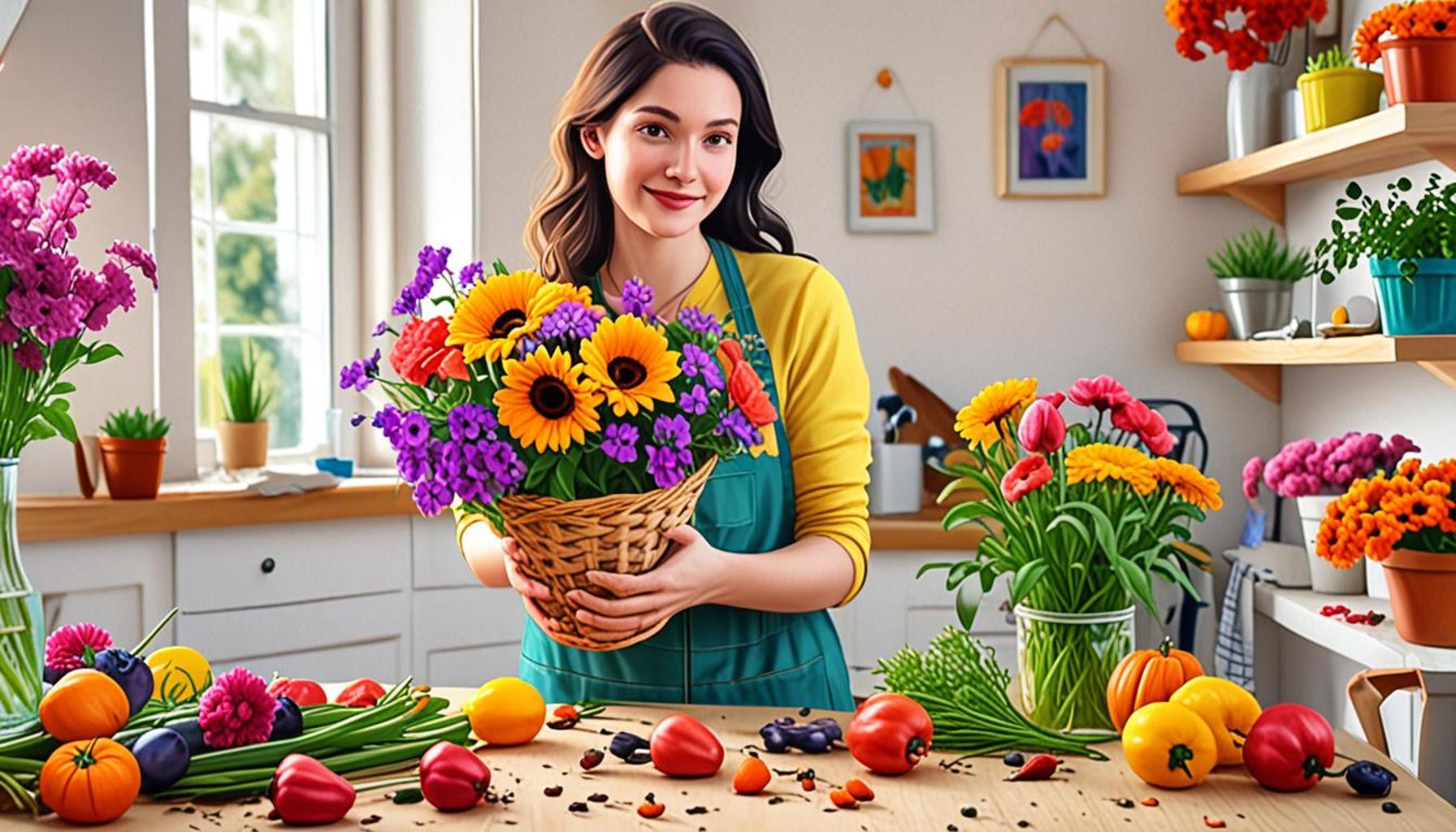
Understanding the Benefits of Proper Flower Harvesting
Harvesting flowers effectively is not just about bringing aesthetic pleasure into your space; it’s a practice steeped in technique that can significantly impact the vitality of your garden. With the right methods in place, you can enjoy the beauty and fragrance of your blooms for longer, while also ensuring that your plants remain healthy and productive. This endeavor marries art and science, allowing you to create stunning displays while nurturing your garden’s health.
When it comes to timing, this crucial factor can make all the difference. Ideally, plan to cut flowers early in the morning or late in the afternoon. During these cooler times of the day, flowers are typically at their most hydrated state, which means that they’ll hold up better in arrangements. For instance, if you’re growing sunflowers, cutting them in the morning ensures that their vibrant heads are fully open and ready to display in your vase.
Essential Tools for the Trade
Equipping yourself with the right tools is also essential to the success of your flower harvesting. Using sharp, clean pruning shears is vital as it allows for precise cuts and reduces the risk of tearing the stems, which can lead to damage or decay. A pair of garden scissors can also work well but ensure they’re specifically designed for cutting live plants. Professional florists often recommend sterilizing your tools with rubbing alcohol to prevent the spread of diseases that can affect your garden.
Selecting the Perfect Blooms
When it comes to selection, choose flowers that are either fully opened or buds that are just about to bloom. For example, if you’re harvesting peonies, look for those that have a slightly soft touch when pressed. This indicates that they are ready to open and will provide continued enjoyment in your home. Conversely, cutting a flower that is already past its prime may result in a hasty decline, detracting from the overall beauty of your arrangement.
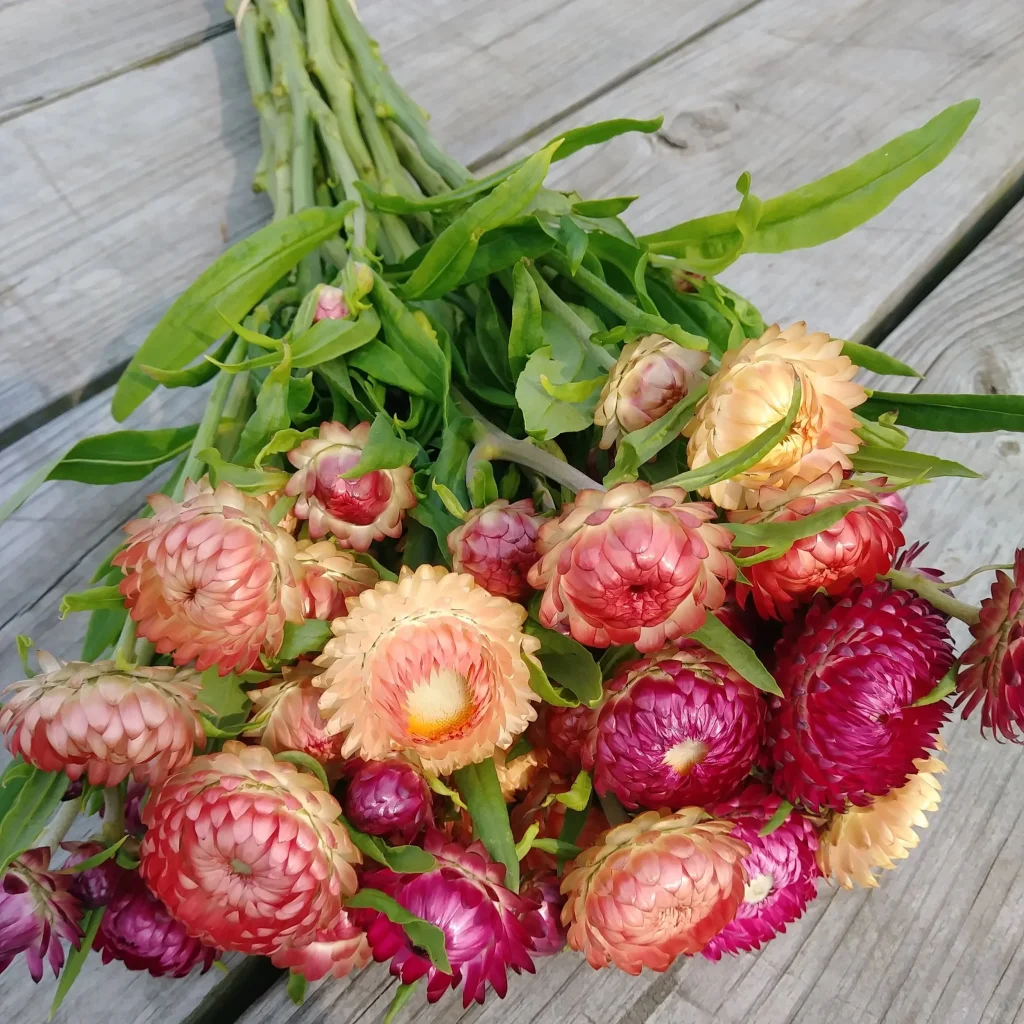
By implementing these tips, you can significantly extend the vase life of your flowers, promoting a vibrant atmosphere in your home throughout the seasons. Additionally, responsible harvesting practices will minimize stress on your plants, allowing them to flourish for future gatherings or displays. Your garden will become a sustainable source of beauty, offering a rotating selection of blooms to enjoy.
Moreover, the joy of creating fresh floral arrangements is unparalleled. By understanding and respecting the life cycle of your plants, you cultivate a deeper connection not only to the flowers themselves but also to the environment. As you explore flower harvesting, discover the many variations of blooms available locally or in your region. From zinnias in summer gardens to chrysanthemums in the fall, every season presents a new canvas for creativity. Dive deeper into this fulfilling hobby, and let your home blossom with fresh, dynamic floral beauty.
DISCOVER MORE: Click here to learn the best watering times
Mastering the Art of Cutting
Once you’ve decided on the optimum time to cut your flowers and gathered your essential tools, the next step is mastering the technique of cutting itself. This is as critical as the previous steps, as improper cutting can lead to premature wilting and the susceptibility of your plants to diseases. To achieve the best results, follow these cutting techniques:
- Angle Your Cuts: Always cut stems at a 45-degree angle. This technique increases the surface area for water absorption, crucial for keeping your blooms fresh for longer.
- Leave Foliage in Check: When harvesting, remove extra leaves from the lower part of the stem that will be submerged in water. This reduces the chance of rot and helps maintain cleanliness in your vase.
- Mind the Stem Length: Cut stems to the desired length, ensuring that they can fit comfortably in your vase while also preserving the plant’s health. Over-cutting can lead to the plant struggling to reproduce flowers in the future.
Additionally, handling flowers with care during this process is paramount. Gently grasp the stem to avoid bruising delicate blooms, and minimize the amount of time they are out of water. If you’re cutting a substantial number of flowers, consider carrying a bucket of water with you to keep them hydrated as you work.
Preparing Your Harvested Flowers
After cutting, the next step in ensuring the longevity of your arrangements is preparing the flowers properly. Begin by removing any rubber bands or ties that might constrict the stems. For flowers like roses or lilies, stripping additional leaves from the stems can allow more energy to go into sustaining the blooms. Place the harvested flowers into a clean bucket filled with cool water immediately to hydrate them. In fact, the quicker you can get them back into water, the better their chances of survival in your arrangements.
You might also want to consider using a floral preservative to extend the life of your cut flowers significantly. These products are designed to provide essential nutrients and limit the growth of bacteria in the water, helping to keep your flowers looking fresh for longer periods. If you’re looking to create a vibrant display right away, tapering off the food supply will also enable some blooms to open up more gradually, providing a lasting visual impact.
In essence, the fundamentals of flower harvesting extend beyond the mere act of cutting. By nurturing the harvested blooms right from their stems to the water vessel, you maximize their beauty and keep your garden flourishing. Remember, each flower has unique needs, so consider taking a moment to educate yourself about the specific varieties you grow. From dahlias to delphiniums, understanding their characteristics will enable you to become a well-rounded flower harvester.
As you refine these skills, you’ll not only enhance your home with breathtaking floral displays but also develop a greater appreciation for the cycle of nature. This journey into the world of floral harvesting is about more than just aesthetics; it is an opportunity to cultivate a deeper bond between yourself and your garden, and to celebrate the beauty that comes from nature’s bounty.
| Advantage | Description |
|---|---|
| Enhanced Aesthetic Appeal | Carefully harvesting flowers allows for stunning arrangements that enliven any space. |
| Extended Flower Life | Proper techniques like using clean tools help maintain the vitality of your blooms, keeping them fresh longer. |
In this section, we delve deeper into the numerous advantages of harvesting flowers with care. First, the enhanced aesthetic appeal of your home is remarkable. By selecting the freshest blooms and arranging them skillfully, you can transform any area into a vibrant oasis. The correct combination of colors, sizes, and textures ensures that your floral displays are as captivating as nature itself.Additionally, employing extended flower life techniques not only keeps your arrangements vibrant but also minimizes waste. This practice, coupled with effective care tips, such as keeping flowers in clean water and avoiding direct sunlight, can significantly prolong the beauty of your chosen blooms. Embrace these methods to not only beautify your living space but also appreciate the effort that goes into caring for our plants.
DIVE DEEPER: Click here to uncover the essentials of plant watering
Creating the Ideal Environment for Your Blooms
The next stage in preserving the beauty of your cut flowers lies in crafting the ideal environment for them once they’ve been removed from the garden. Proper care extends beyond simple hydration; a combination of temperature control, sunlight exposure, and choosing suitable containers plays a significant role in maintaining the vibrancy of your floral arrangements. Here are some key considerations for creating an optimal setting:
- Temperature Matters: Once cut, the temperature of your environment can affect the longevity and health of your flowers. Ideally, keep your arrangements in a cool area, away from direct sunlight and heat sources. A cooler room, ideally around 65-75°F, slows the metabolic processes in the flowers, allowing them to remain fresh longer.
- Vessel Selection: Not all vases offer the same level of care for your flowers. Choose a container that is clean and has a width and height suitable for the type of flowers you are displaying. Tall flowers like sunflowers benefit from deeper vases, while shorter varieties look best in shallower containers. Always ensure your vase has sufficient water to accommodate the entire length of the stems at the cutting angle you’ve made.
- Water Quality: Tap water often contains chlorine and other chemicals that can harm flowers. Using filtered or distilled water can improve the longevity of your arrangement. Additionally, changing the water every couple of days to keep it fresh will prevent bacterial growth, ensuring that your flowers stay vibrant longer.
Additional Care Techniques
Beyond the immediate conditions of light and temperature, there are other proactive steps you can take to ensure your flowers thrive post-harvest. Consider these effective techniques:
- Re-Cutting Stems: If flowers seem to droop or wilt, it’s beneficial to re-cut the stems under water. This prevents air from entering the stem, allowing for more effective water uptake.
- Avoiding Certain Foods: While it might seem appealing to add sugary substances or soda to your flower water for nourishment, this can actually be detrimental. Sugars can encourage bacteria growth, so stick to commercially prepared floral preservatives that are specifically formulated for the needs of cut flowers.
- Consider the Compatibility of Flowers: Different flowers can release gasses that may shorten the life of others when placed together. For instance, avoid mixing ethylene-sensitive flowers like lilies with those that emit ethylene gas, such as roses. When arranging your cut blooms, keep in mind that certain combinations can lead to quicker spoilage.
By paying attention to the environmental factors and care techniques mentioned, you can create a nurturing space that greatly impacts the longevity of your cut flowers. Each arrangement you create not only adds beauty to your home but reflects the attention and love you put into maintaining your flowers’ health.
Engaging with flowers in this manner can also offer enjoyment and a sense of accomplishment. With hands plunged into fresh foliage and blooms, you’re reminded of the simple pleasures that gardening can offer. From delightful scents to stunning visuals gracing your living space, every flower harvested with care can truly enhance your home. As you explore these tips and tricks, you’ll likely find yourself inspired to lean more into the art of floriculture, embracing both the fleeting beauty of cut flowers and the enduring joys of your garden.
DISCOVER MORE: Click here for insights on adapting to climate challenges
Conclusion
In conclusion, mastering the art of flower harvesting and care can significantly enhance the beauty of your home while ensuring the longevity of your floral arrangements. By implementing the insights discussed, such as maintaining ideal temperature conditions, selecting appropriate vessels, and using quality water, you create an environment where your blooms can flourish. Remember, proper hydration is just the beginning; the surrounding conditions play an equally critical role in preserving vitality.
Additionally, you should embrace effective care techniques like re-cutting stems, avoiding sugary additives, and choosing compatible flowers to extend the lifespan of your arrangements. Awareness of how different species interact can be particularly enlightening, leading to creative combinations that are visually stunning and longer-lasting.
As you continue your journey in floriculture, may your efforts not only beautify your space but also offer a deeper connection to the natural world. The simple act of cultivating and enjoying flowers is a rewarding experience that nourishes both the senses and the spirit. So, as the seasons change and new blooms arrive, keep these pro tips in mind, engage in nature’s bounty, and allow your home to reflect the vibrant life of your garden.
In the end, each flower arranged with care becomes a small testament to the joy of gardening and the beauty it brings into our lives. As you explore these techniques further, you may uncover even more secrets that elevate your floral experiences, inviting happiness and aesthetic pleasure into your everyday spaces.
